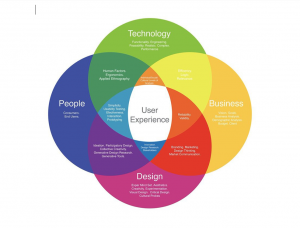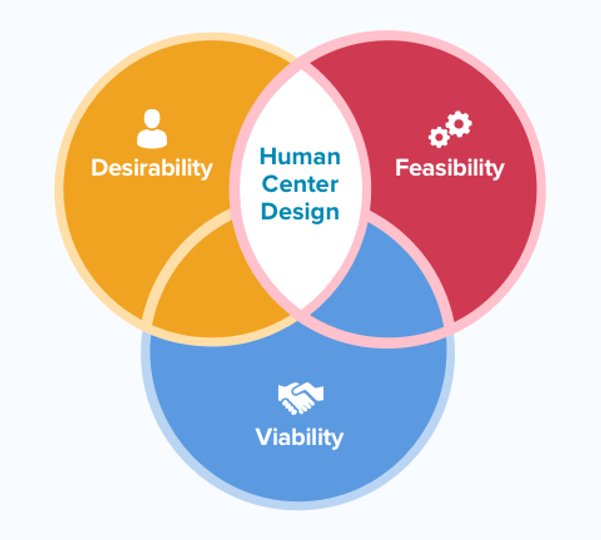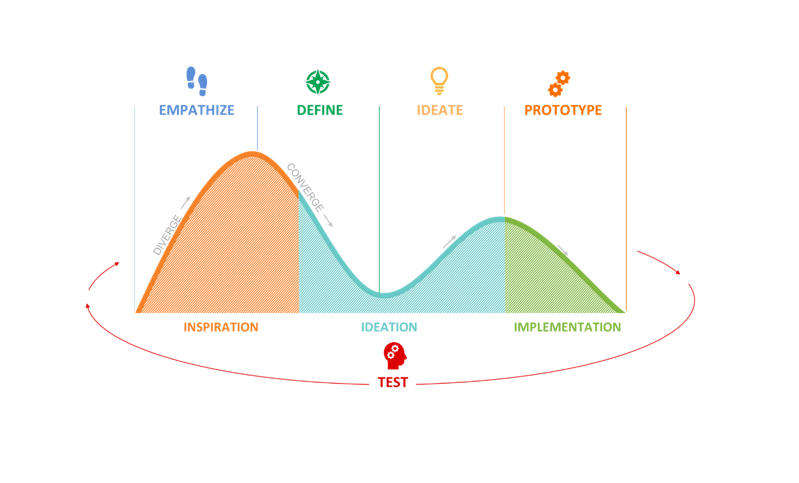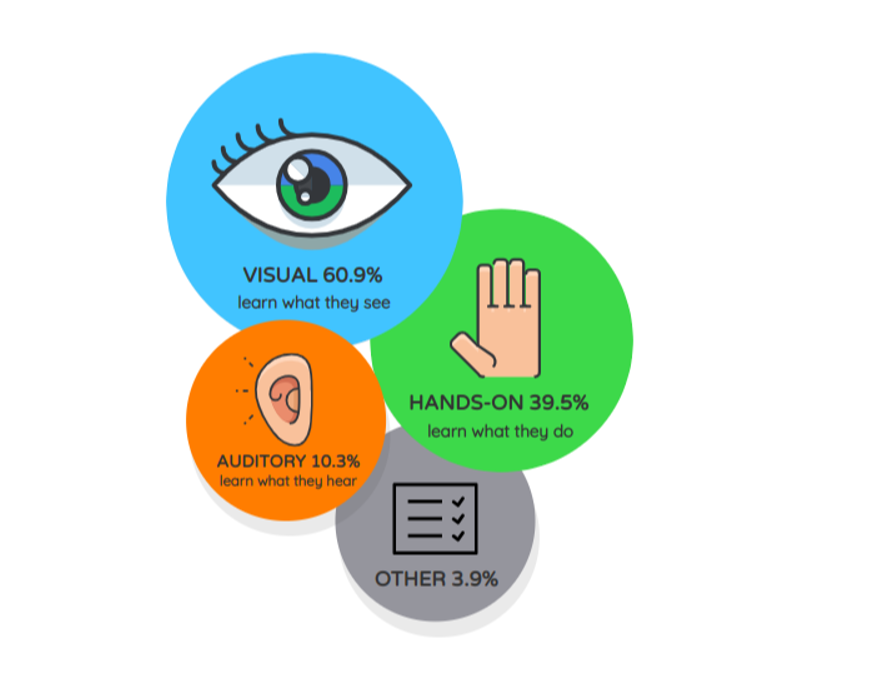
Design is a complex process which is implemented in different disciplines with many factors in mind; one of these factors is the target of the design process. There are generally three paradigms based on this target; technology-driven design, human-centred design and environmentally sustainable design.
Human Centred Design (HCD) is a design and management framework that develops solutions to problems by involving the human perspective in all steps of the problem-solving process. It’s a process that starts with the people you’re designing for and ends with new solutions that are tailor made to suit their needs.
Human-centred design is all about building a deep empathy with the people you’re designing for; generating ideas; building prototypes and then sharing what you’ve made with the people you’re designing for; and eventually putting your innovative new solution out in the world.
Companies such as IKEA, Lego, Google, Facebook and Apple shifted their direction to focus on the emotional relation between its products and the consumer instead of focusing on the technology. Companies such as Apple use the human centred design characteristics to examine the products and if they are expected to meet with consumer needs and achieve market success.
The process builds a sustainable relation between the product and the consumer/user. To achieve this goal the design must answer the following questions:
• Who is the user? Does the design reflect the user characteristics?
• What are the user’s goals of using the product?
• What is the user experience about the product?
• What are the goals of using this specific product or service?
• When and how does the user interact with the product design?
• How does the user think about the product or the design?
• Why does the user use this product or design?

The Design Process.
The design process should include the five main stages:

Stage 1: Empathize.
Understand the people/users and focus on a definable problem that this group of people has with learning. This is the “Inspiration” phase and we should not rush to get to execution.
Stage 2: Define.
Frame one problem that you can meaningfully design towards. Converge with the stakeholders (client) to then understand their needs, assets and opportunities to align around one common, shared problem. This also confirms the feasibility of the project given that it is for the client to use in their business.
Stage 3: Ideate.
The Human-Centred Design recommends coming up with as many ideas as possible with both the designers and the users, this constantly emphasises the partnership between the created material and the user.
Stage 4: Prototype.
Design Thinking tells us to develop a minimum viable prototype to establish if the solution has the effectiveness required by the users. The simplest way to achieve this is to build several prototypes offering choice and creative inspiration to the stakeholders and users who will feedback on each prototype and offer suggestions.
Stage 5: Test.
Once a prototype has been selected for further development the final solution must then be checked to make sure that not only will it meet the stakeholders needs, but that it actually creates impact along the identified goals of making things better.
Application (Learner-Centred Design)
This can be applied to the process of e-learning and aspects of instructional design. Some organisations may not adopt e-learning through fear of a lack in design, lack of a checking of understanding or even the fear that users have a low computer proficiency.
But this can all be overcome with the use of the human-centred approach in designing e-learning courses. The human-centred approach puts the user (learner) first and is the most important part of the design process. Every step in the process revolves around ensuring that the learner is engaged and benefits from the material by initially understanding what the learner needs.
Further Development
In order to take a step further to enhance the learner-centred design, the learners must be separated as not everybody learns in the same way. A group of participants should be broken down into 3 categories;
1. Visual and auditory
2. Reading/Writing
3. kinaesthetic (learning by carrying out the activity)
By creating a piece of learning material for each group, the designer is ensuring that a wider target audience can be achieved.
However, this is not always practical. Many theory-based subjects will not be able to achieve the kinaesthetic requirement of the learning and many practical based (e.g. engineering hand skills) subjects will be unable to meet the reading/writing requirement. This then becomes a challenge and would require further exploration into the content to discover other possible ways around it.

For further information on our Learning Design function and the services and solutions we can provide for your organisation please contact jack.Lockhart@resourcegroup.co.uk
________________________________________________________________________________________________
Credit for images used in article:
Source: https://chantillynews.org/4242/opinions/teaching-methods-should-accommodate-learning-styles/
Source: https://www.netsolutions.com/insights/create-product-with-human-centered-design/
